Sales of soap have rocketed during ‘coronavirus’. A gift of soap has always been welcome – our forced early return from Greece in March, Covid-19 snapping at our heels, had six bars of orange scented olive soap tucked into my luggage, which were happily received by friends.
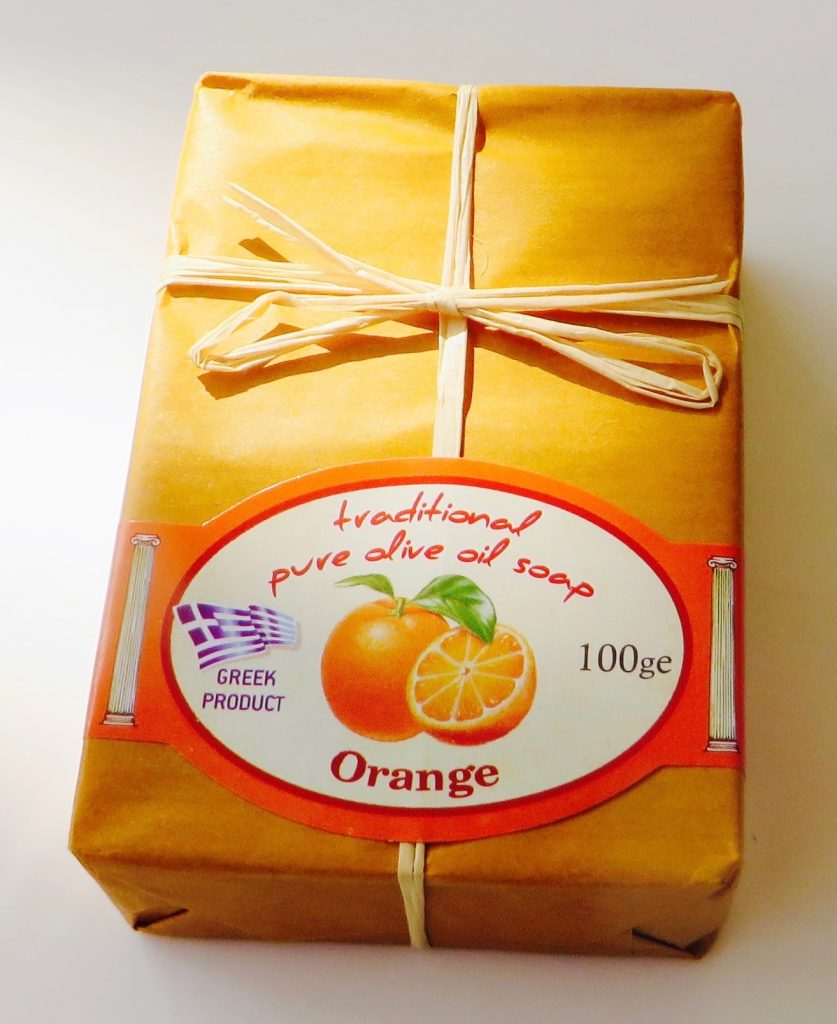
I began to think of the origins of soap, the word coming from Latin ‘sapo’. I looked up ‘soap’ in many different languages and nearly all begin with ‘s’ or a soft sound.
The earliest recorded evidence of soap dates back to 2800 BC in ancient Babylon. A formula for soap – water, alkali and cassia oil – was found written on a clay tablet about 2200 BC.
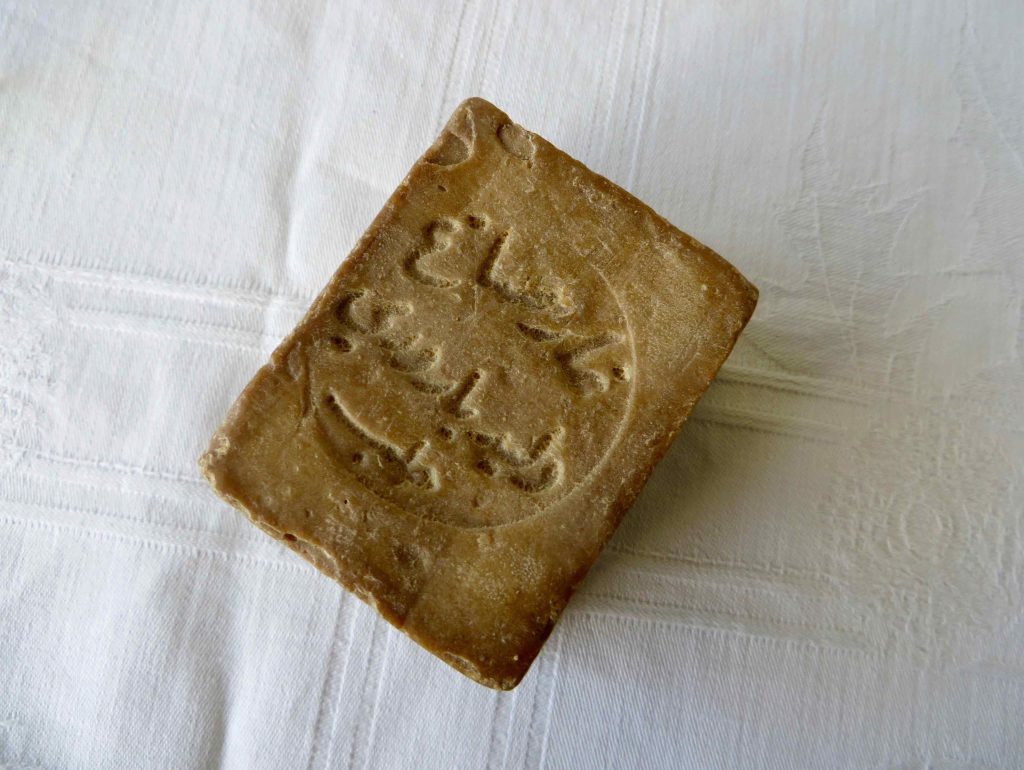
It’s commonly thought that the process of soap making came from Arabic chemists in the Levant region (of which Aleppo is a main city) and to have moved westwards to Europe after the early Crusades.
Both animal fat and olive oil have been used in soap making. There is also a plant called ‘soapwort’ (saponaria officinalis), which when agitated in water makes a foam, and is a mild cleanser of clothes. It’s also called ‘Bouncing Bet’ – which was a nickname for a washerwoman. However, it’s quite poisonous, so shouldn’t be ingested or used for personal hygiene.
Olive oil rather than animal fat was used in making ‘Aleppo’ soap and the addition of aromatic plants like lavender, germander, yarrow and thyme gave it a pleasant smell. It was said the soap was used by Queen Cleopatra of Egypt and Queen Zenobia of Syria. Besides using olive oil and lye, laurel oil was infused.

As soap making developed, coconut, safflower, sunflower, avocado and argan oils were among others substituted.
Laurel oil was in short supply in Europe and so it was finally dropped there. I’m not sure whether this was a good idea, as looking up the properties of laurel oil – laurus nobilis – I find it impressive! It is a natural antiseptic used in aromatherapy and is also antimicrobial, anti fungal and anti itching. Good for beards and shaving? It is also said to clear mental confusion and clarify thought processes – something a number of us seem to need nowadays …
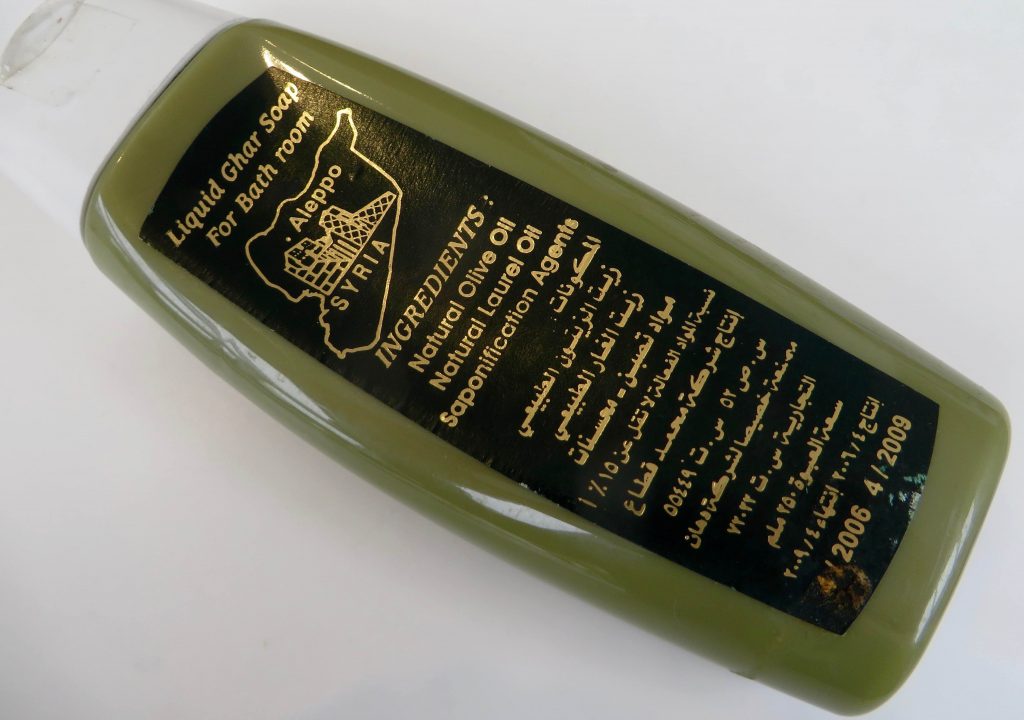
And then there’s the Greek myth of Apollo and Daphne, ‘daphne’ being the Greek name for laurel. It was a fairly extreme decision that the gods took for this poor nymph to help her escape his clutches! To find out more, look up the painting called ‘Apollo and Daphne’, attributed to Piero del Pollaiolo (approx 1441 – 1496), now in The National Gallery in London. Digression … but I like promoting a favourite painting – this one is quite unusual.
A laurel wreath in athletics wrapped around the head symbolises victory and is still used as a symbol in the Olympic Games. Maybe artisanal soapmakers in the West should look into adding laurel oil into their soap once more.

Soap was also made from animal fat. About 1,000 BC there’s a story (unproven) that Roman women were washing clothes in a tributary of the Tiber on Sapo Hill, below a religious site, where animal sacrifice took place. The clothes became very clean because of animal fat soaking through wood ashes and into the clay soil, which was then washed down river. Maybe just a story but soap was on its way for the Romans.
Apparently, the ruins of Pompeii from 79 AD revealed an entire soap factory. I don’t know if archaeologists would be able to tell what ingredients were used. I’d like to know! At least four baths were found there too. The Romans were renowned for their love of bathing. I may have some Roman genes …
The Greeks also knew about soap from the 1st century AD when they used lye and ashes to clean their pots and statues. But personal use of soap came later.
After the Fall of the Roman Empire in the 5th C AD, the tradition of bathing entirely disappeared from Europe – ( how could this be!) The baths they had built, for example in Bath, in England, unused, fell into decay. Poor hygiene helped to bring on a thousand years of uncleanliness, encouraging several waves of deadly plagues – most notably the Black Death in the 14th C. It was only much later that soap raised its sweet smelling head again.
Actually, the original soap made with animal fat smelled very unpleasant and the discovery of ‘Aleppo’ soap from the Middle East was a great improvement all round. This soap is still made there in the same way today and I bought some in the bazaar in Aleppo some years ago. The laurel oil gives it a slightly spicy, medicinal after note. It is muted green in colour, turning to brown with age.
As this soap slipped along the trade routes of the Silk Road and flowed along the Mediterranean by boat to the West, various changes happened. Soaps could then be made specially for bathing, shampooing and laundry.
This revolutionised personal hygiene in Europe – how did they manage without it all these years? Why did bathing fall out of fashion when the Romans left? It doesn’t bear thinking about!
Soap really was an important lifesaver used regularly. When I was a child, my father (a doctor), always said that washing hands with soap and hot water was a good preventative measure to keep the community healthy. I’ve always been keen on preventative medicine, maybe from listening to him.
Italy (Savona), France and Spain were keen to make their own type of soap, based on the ‘Aleppo’ soap. ‘Castile’ and ‘Marseille’ soap keep these names today from the places where soapmaking started on a major scale in Europe.
Both these soaps are made from pure olive oil and latterly from vegetable oils too in Marseille. They are renowned for their particular mildness. I have bought ‘Marseille’ soap in Provence and visited one of the factories where it’s made – a sight worth seeing. As well as olive oil, it included sea water and alkaline ash from sea plants. Soap for laundry had a different recipe from that for personal use.
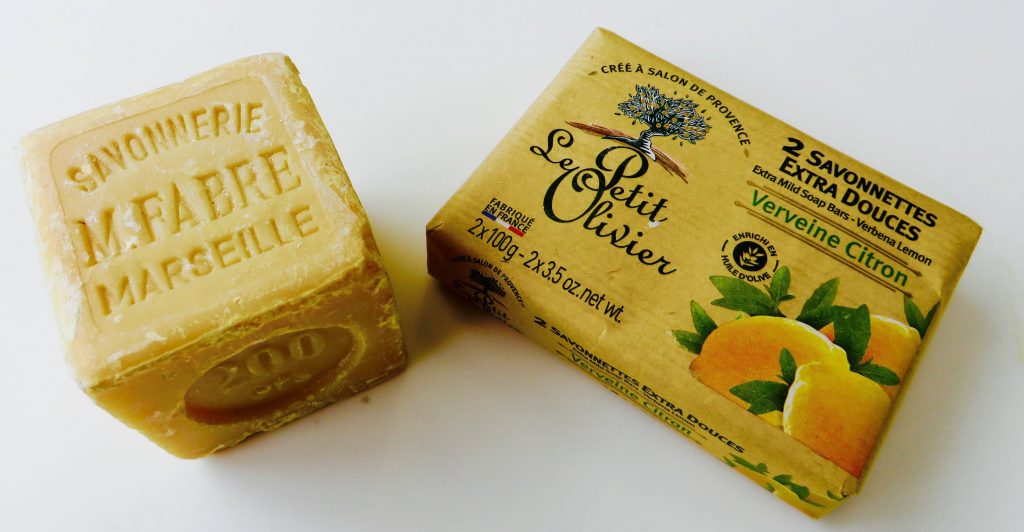
Today I buy a soap called ‘Le Petit Olivier’, which has several fragrances and provides both bar and liquid forms. It is natural and completely biodegradable, reasonably priced and very mild.

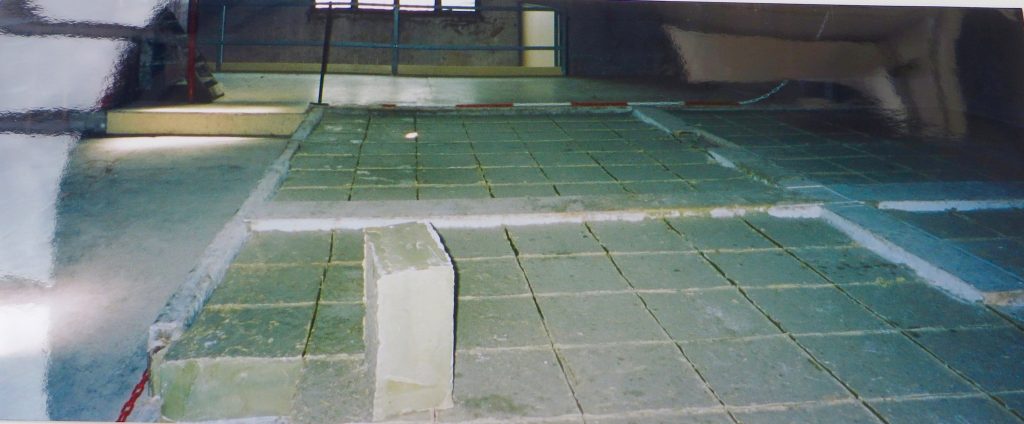
The region of Castile in Spain has an abundance of olive groves. They made a bar of soap which was also very mild and effective and in addition was pure white. This became extremely popular with the royal houses of Europe. But it took much longer before soap could be afforded by the general populace.
Even now, Castile soap is one of the best natural and biodegradable soaps on the market that can be manufactured by hand. It is used both for the body and laundry and doesn’t lose its potency after time. It is also used to bathe the sensitive skin of babies. Although there is a bar soap, much of it seems to be sold in liquid form today.
Britain was laggardly in offering soap to the general public. It was only made in the UK commercially from the mid 1800s.
The rich were able to buy soap before this but it was a luxury item and a ‘soap tax’ was even introduced between 1666- 1714, which meant it was even more out of reach for the majority of people. Maybe that’s where the phrase ‘the great unwashed’ comes from?
Today we have such a choice of soaps on the market and many types of ‘luxury’ soap are given as gifts. That doesn’t in the least suggest that the recipient needs to wash … !
The soap industry now extends into all sort of ‘health’ and ‘beauty’ products made for bathing and the bathroom.
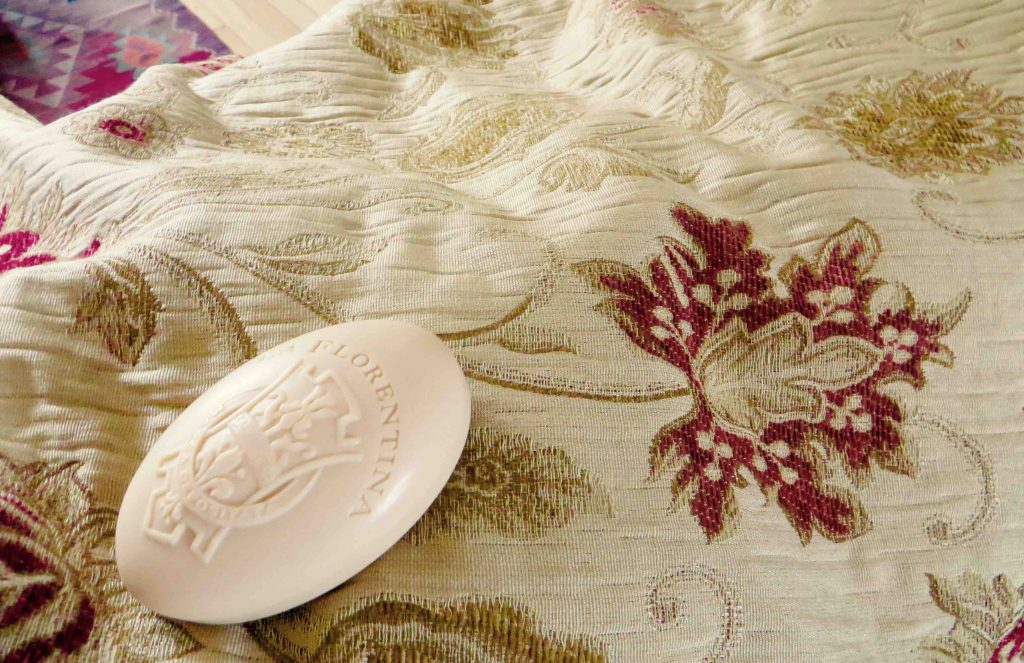
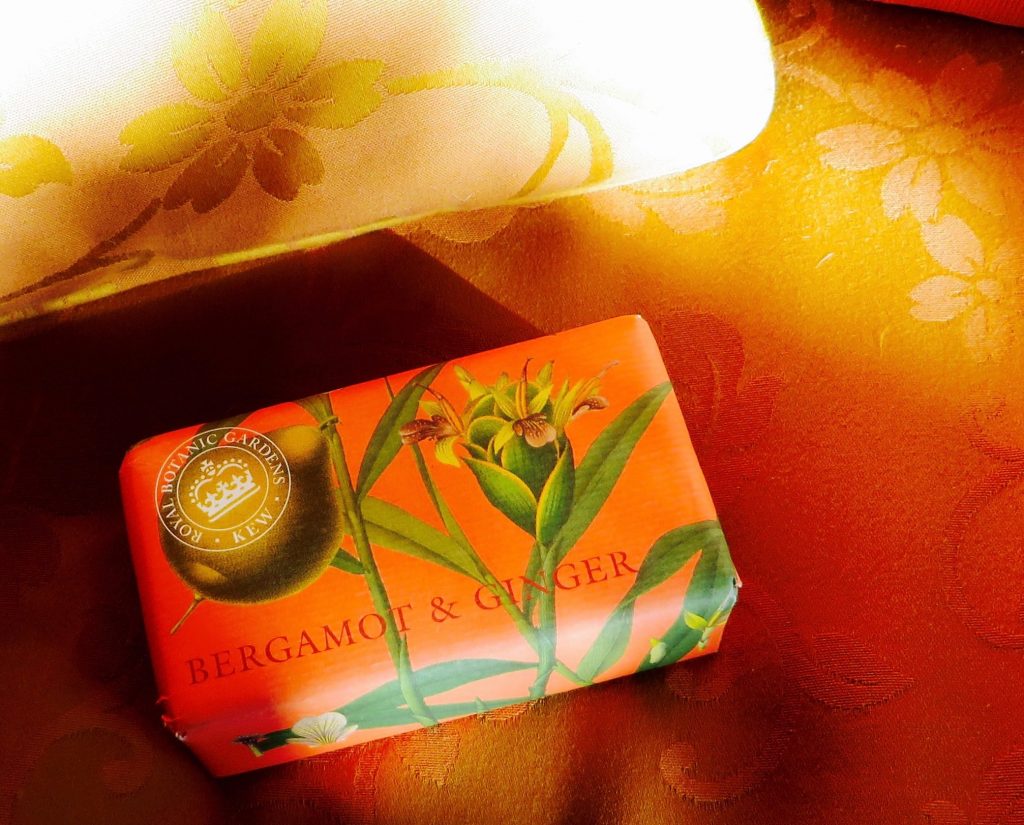
Andrew Pears started making a high quality transparent soap in 1807 and his son-in-law opened a factory in Isleworth, London in 1862. Pears soap still exists today.
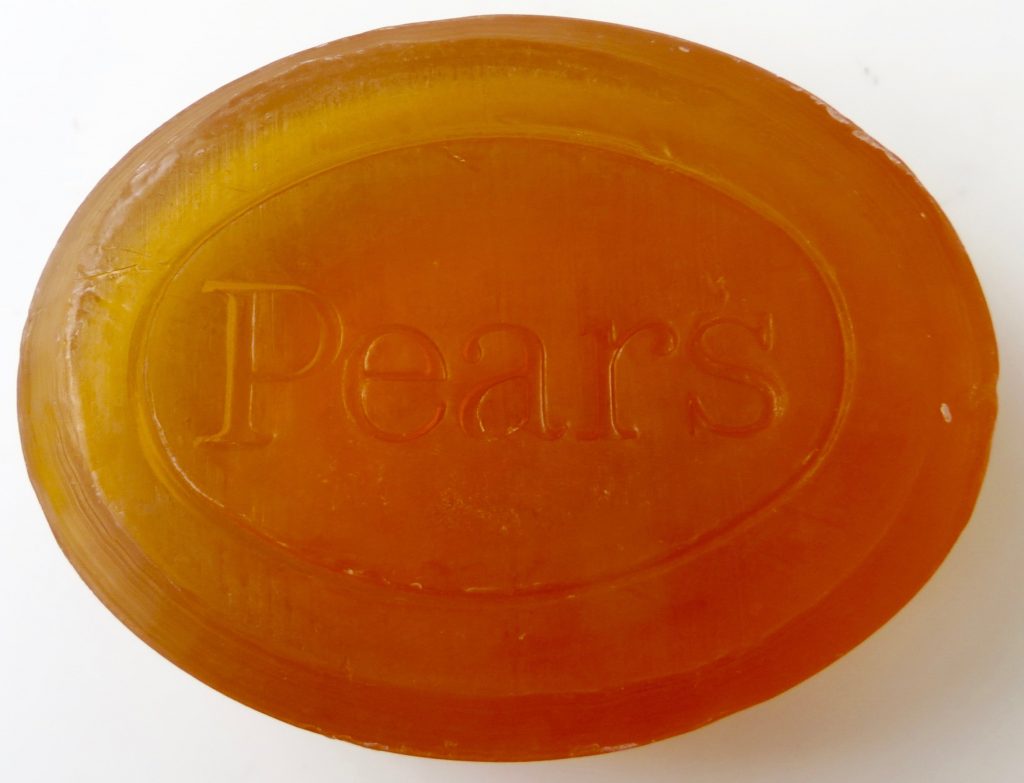

William Hesketh Lever and his brother James bought a small soapworks in Warrington in 1886 and founded what is still one of the largest soap businesses – formerly called Lever Brothers and now called Unilever. They have expanded into many different products. Pears soap is now owned by Unilever.
B J Johnson was a soap company that changed its name to Palmolive because the name of the soap became so popular. However, today palm oil is beginning to be shunned in products for environmental reasons. The growing of palm oil plantations has led to the destruction of ecologically valuable rain forest.
Adding soap to water lowers the water’s surface tension. Making water molecules stick together less is what helps soaps clean clothes and other things more easily. I’m not a scientist but it’s worth exploring this side of soap/detergent.
Liquid soaps became available in the early 1900s, which made cleaning things other than skin, like clothing, floors and bathrooms, easier. This developed further into detergents, used in washing machines and dishwashers.
Most of us now use soap products every day of our lives and I realise how appalling it would be to live as we do now without this indispensable discovery! Of course, some people might argue with that – just keep a safe distance!
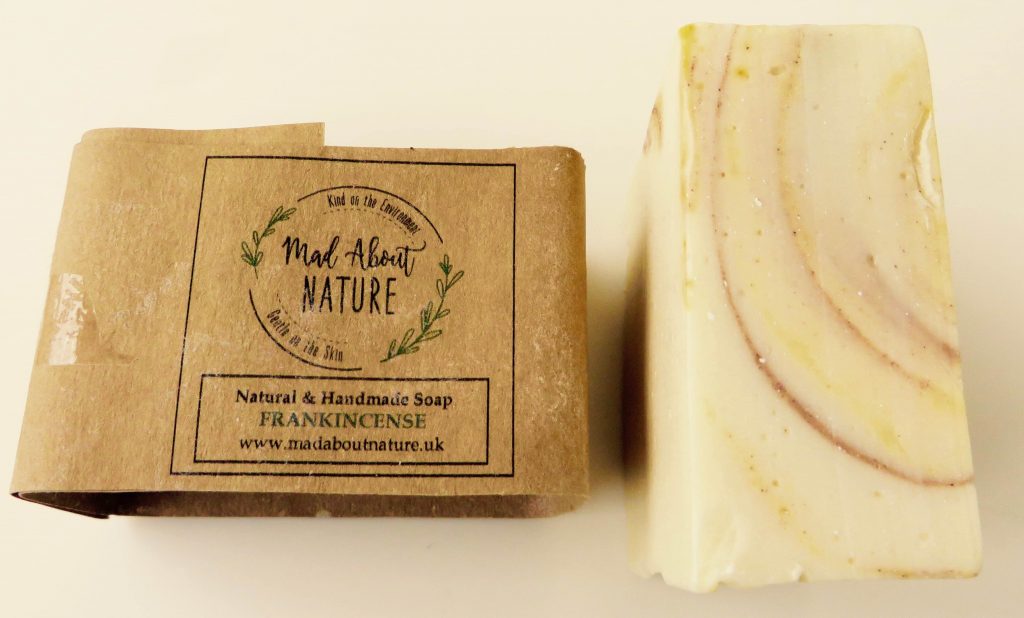
And with more and more emphasis on protecting the environment, we want a soap to be natural and biodegradable.

For everyday use, I like the soaps below, which can be bought in ‘Holland & Barrett’. Most organic soaps have paper packaging, which can be recycled – but not all as yet.
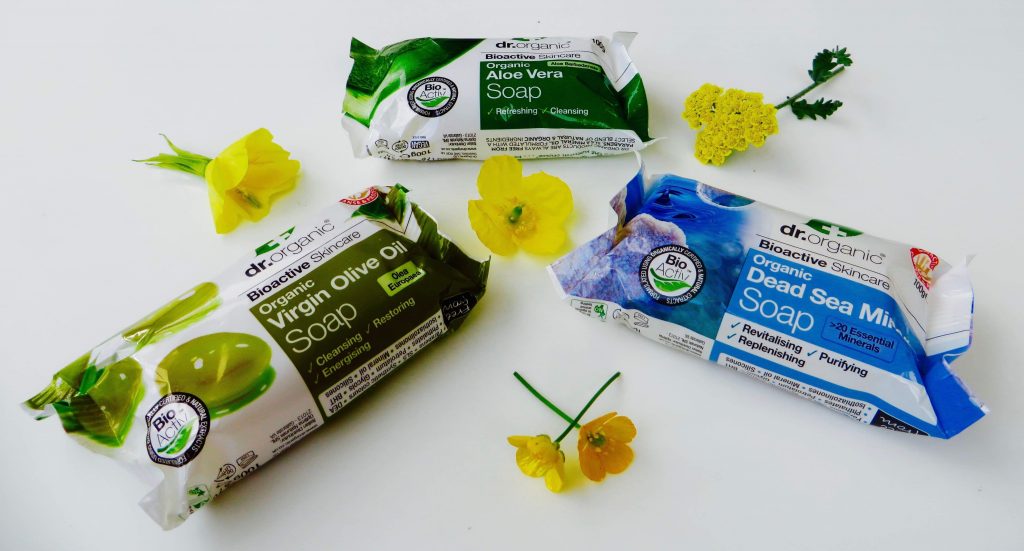
There’s a big revival for attractive, ethical, artisanal soaps with a vast choice of fragrances – a gift that doesn’t destroy our environment and is a treat to receive. I am a big fan. Soap lifts my spirits. I feel clean and pampered – and all from just something I can hold in the palm of my hand.
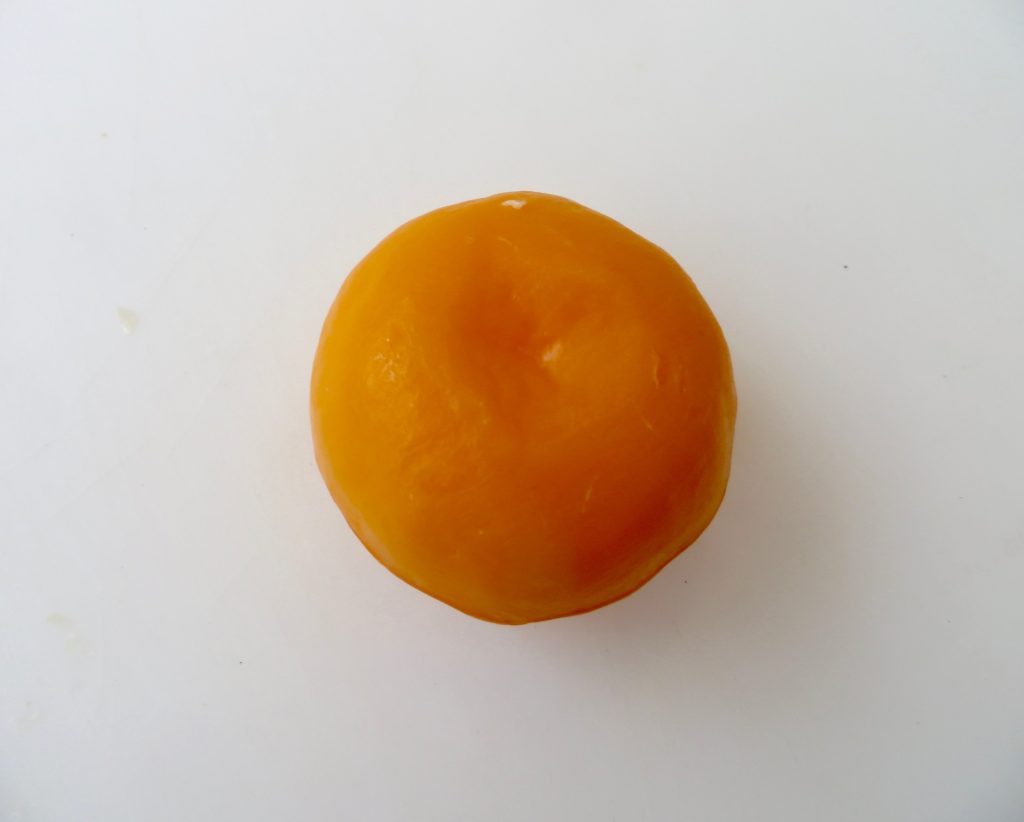
Here’s a short list of eco soaps I have used and can recommend. There are many more of these ‘artisan’ (handmade) soaps to be discovered.
- www.handmadenorfolksoaps.co.uk
- drorganic.co.uk
- ecobeautyshop.com (Eric Renard and Xavier Padovani are founders of ‘Le Petit Oliver’ soaps).
- www.madaboutnature.co.uk
Thank you to Wikipedia and ‘soaphistory.net’ for being ‘soap’ mines of information.
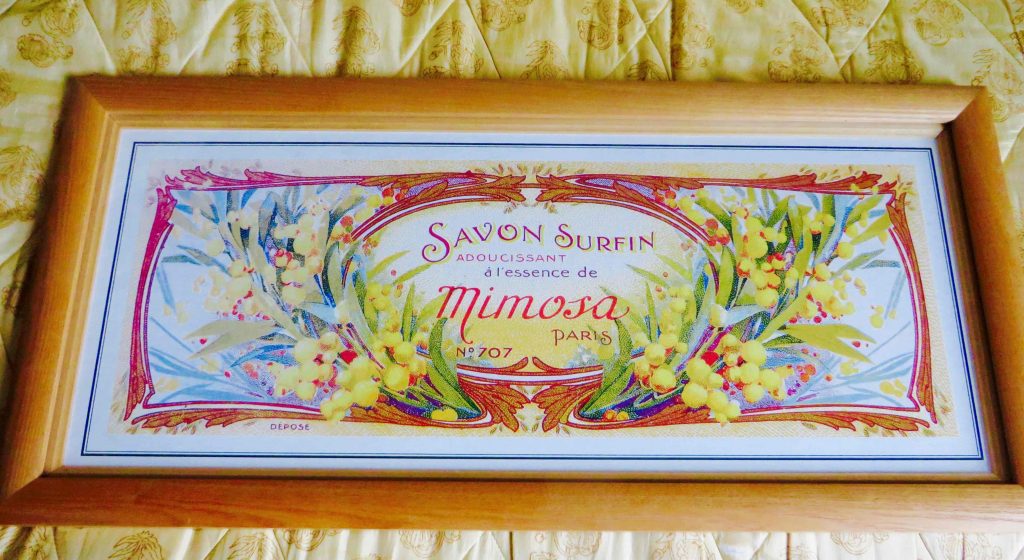
END
PS If you run out of toothpaste, soap is a great alternative!
